

CarExpert.com.au
Model range deep-dive: Mahindra's SUV family
4 Days Ago
After pivoting away from plug-in hybrids for the most part, Mercedes-Benz Australia is now weighing bringing new ones to Australia.

News Editor
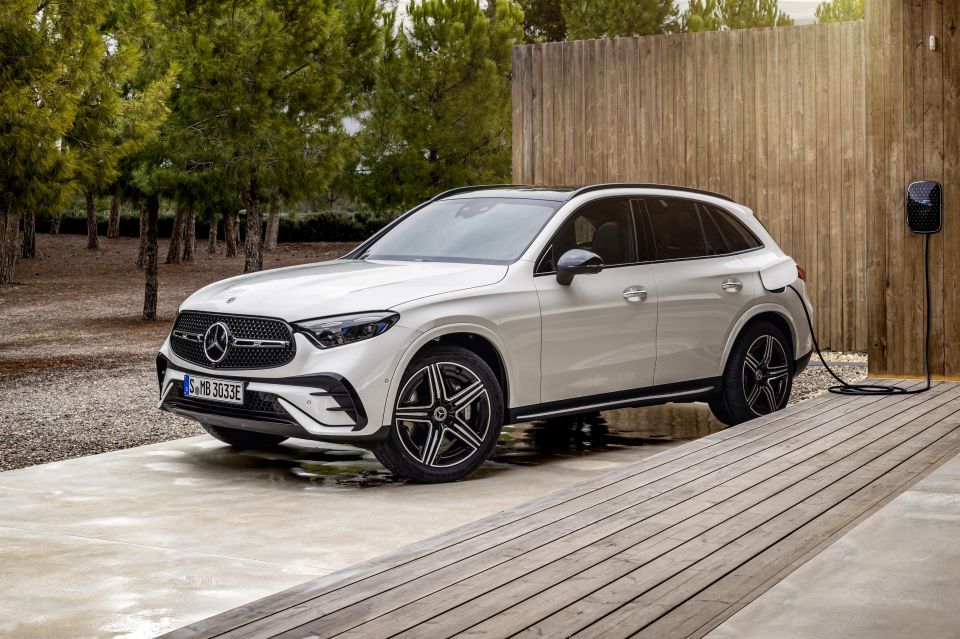

News Editor
Efficiency-focused plug-in hybrids (PHEVs) have disappeared from Mercedes-Benz Australia’s lineup, but they could reappear.
“[PHEVs are] certainly something that we’re looking at, and we’re looking at the portfolio we have available from our global offer, and based on that we’ll see what vehicles we can bring in,” said Mercedes-Benz Australia Pacific CEO Jaime Cohen, who took the helm earlier this year.
The brand discontinued PHEV versions of the C-Class, GLC and E-Class with the transition to new generations of those vehicles, and it also dropped plug-in versions of the A-Class.
It didn’t abandon PHEVs completely, rolling out high-performance models like the Mercedes-AMG C 63 S E Performance which are focused more on thrills than maximum range and efficiency.
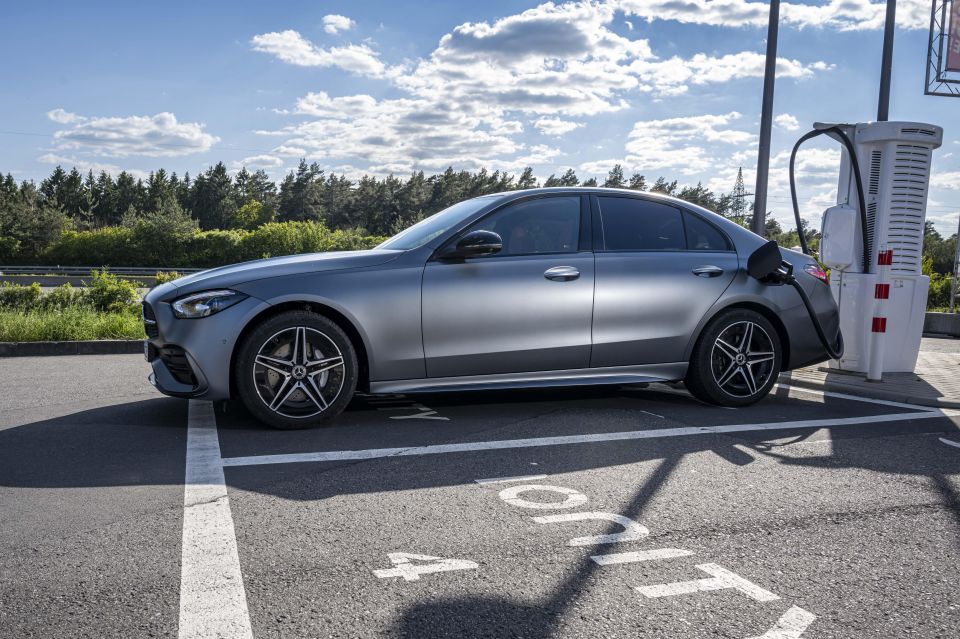
“In the beginning there was some resistance… towards plug-in hybrids,” he told CarExpert, noting this was why PHEV versions of current-generation models like the C-Class and GLC weren’t brought here.
“I think we have to look at those models with the high demand… Maybe let’s look at the SUV segment with the GLC and we’ll see if that works, maybe a couple of the smaller sedans.
“Our product management team is currently working on that… let’s see what they come up with, but it will be after a long and thorough analysis.”
Mercedes-Benz also offers in Europe plug-in hybrid versions of the GLA, GLE and S-Class.
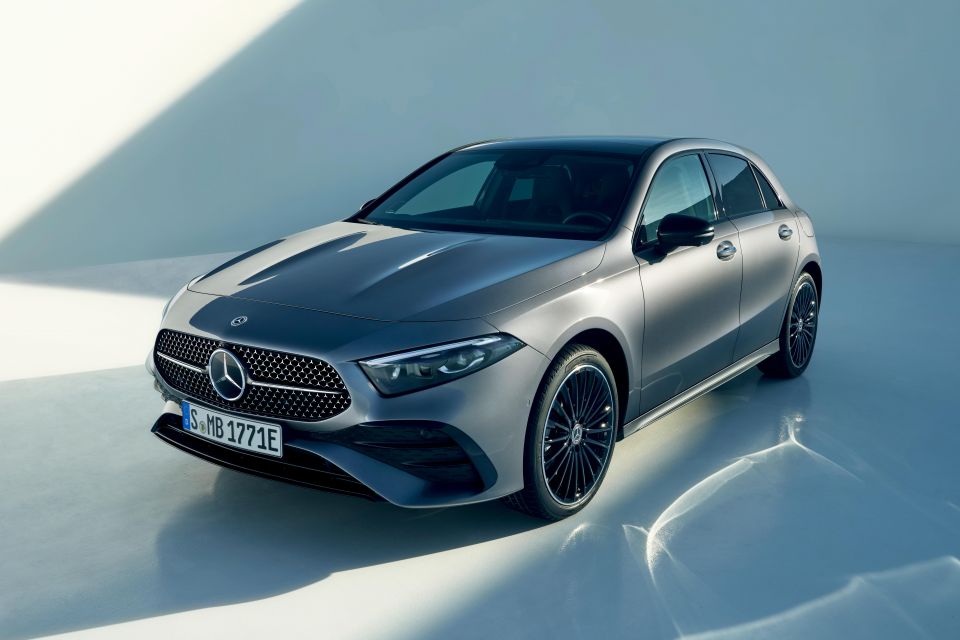
A plug-in GLE was initially promised for the Australian market when the current generation launched a number of years ago, though its launch has never eventuated. That’s despite the previous generation being offered here in PHEV guise.
When the current GLC was revealed in 2022, Mercedes-Benz Australia said that there had been a “shift” with buyers and that they either wanted combustion-powered vehicles or electric vehicles (EVs).
But of late sales growth for PHEVs has outpaced that of EVs, though electric models remain significantly more popular overall.
In the first half of 2024, sales of PHEVs were up 129.6 per cent compared with the same period last year, while EVs were up 16.5 per cent.
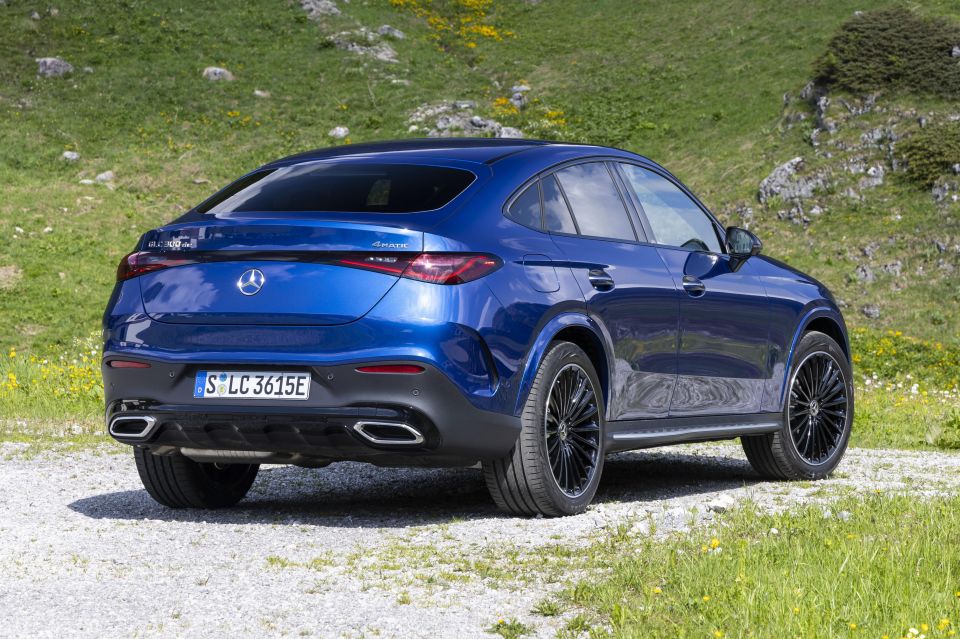
There’s also the matter of Australia’s looming emissions regulations, coming into effect in 2025, which are forcing manufacturers to look at bringing more electrified options including hybrids (ranging from mild to plug-in) as well as more EVs.
Mercedes-Benz’s latest PHEVs have seen a significant increase in range.
GLC PHEVs, for example, offer between 112km and 130km of range depending on the variant, with 60kW DC charging capability available.
There are three plug-in GLCs to choose from. The GLC 300e and GLC 400e feature a 2.0-litre turbocharged four-cylinder petrol engine, while the GLC 300de has a 2.0-litre turbo-diesel four-cylinder engine.
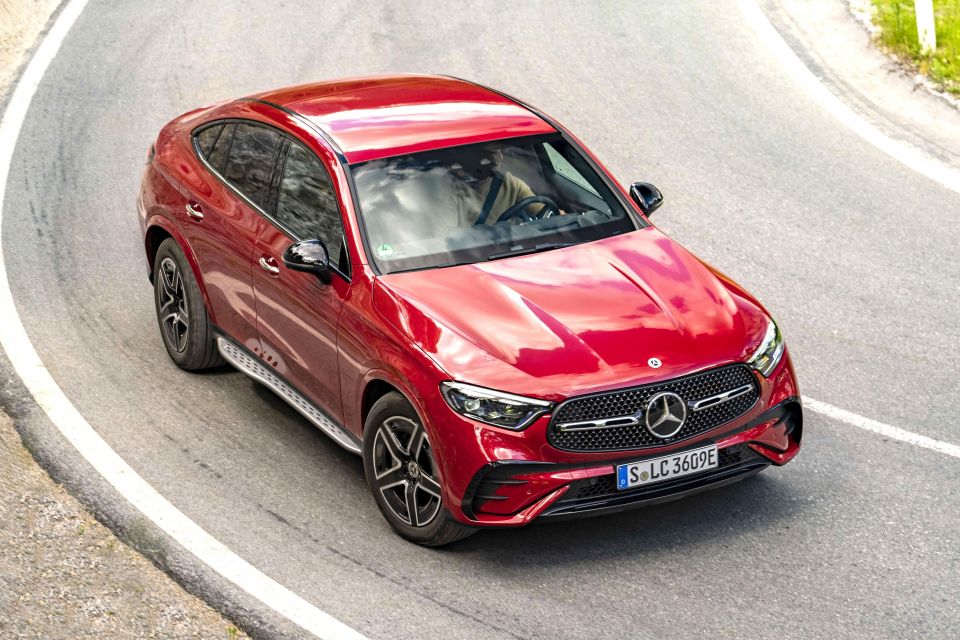
Total system outputs are 230kW and 550Nm in the GLC 300e, 280kW and 650Nm in the GLC 400e, and 245kW and 750Nm in the GLC 300de.
All feature a large (for a PHEV) 31.2kWh battery, as well as an 100kW/440Nm electric motor.
In contrast, the previous-generation GLC 300e – which was sold here – had a 13.5kWh lithium-ion battery, as well as total outputs of 235kW and 700Nm but with just 43km of WLTP range.
Where expert car reviews meet expert car buying – CarExpert gives you trusted advice, personalised service and real savings on your next new car.
William Stopford is an automotive journalist based in Brisbane, Australia. William is a Business/Journalism graduate from the Queensland University of Technology who loves to travel, briefly lived in the US, and has a particular interest in the American car industry.


CarExpert.com.au
4 Days Ago
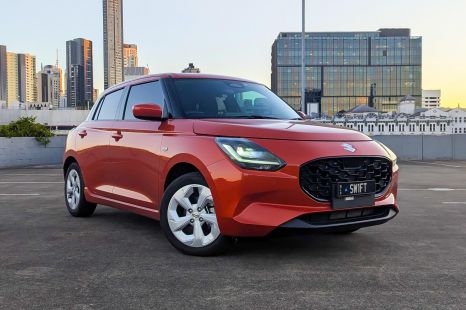

William Stopford
3 Days Ago


Max Davies
2 Days Ago


Josh Nevett
1 Day Ago
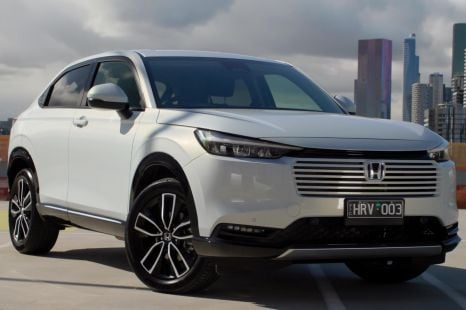

Elle Baillieu
21 Hours Ago


William Stopford
20 Hours Ago